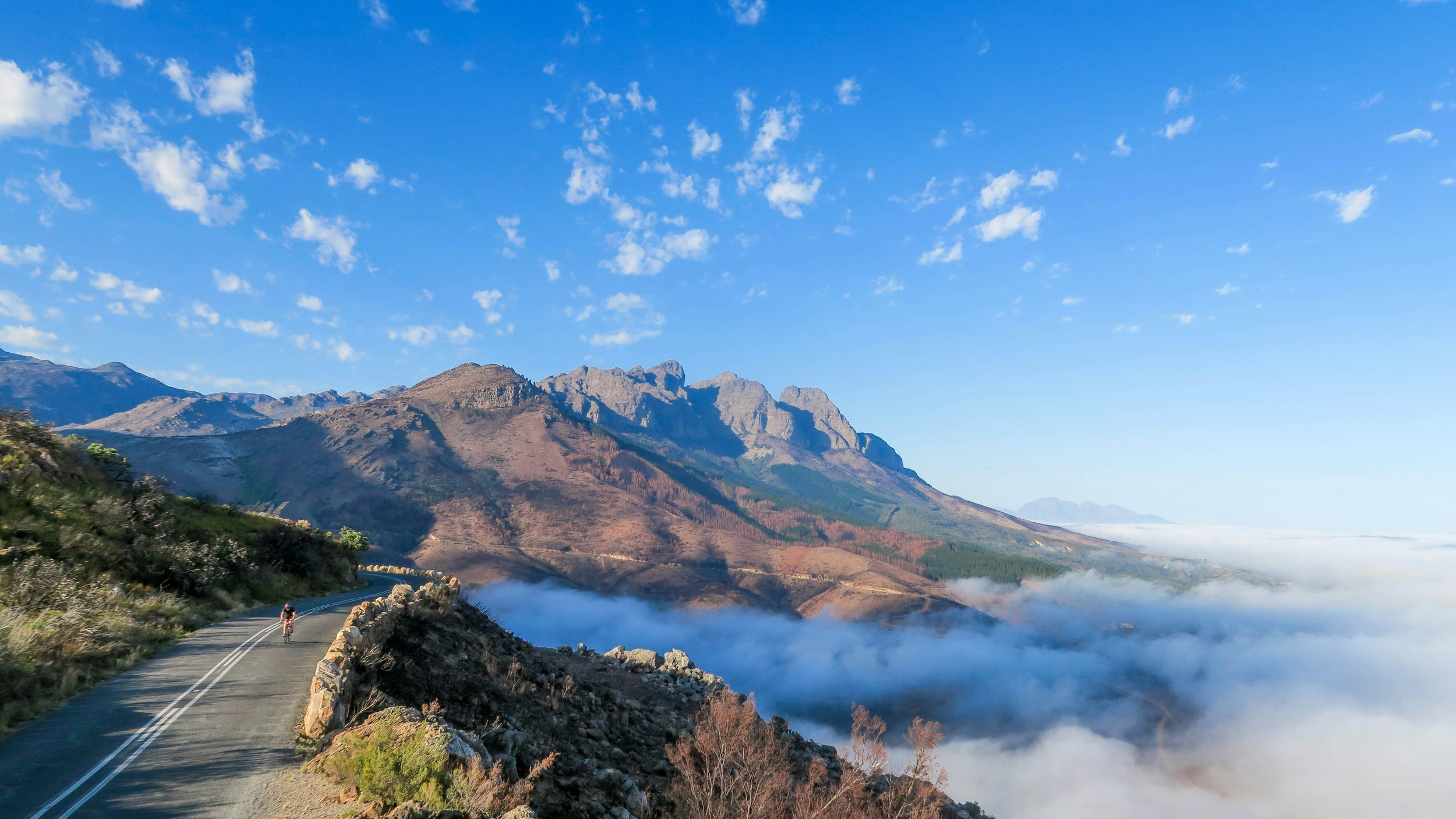
The Climate Restoration Program
For a safe climate by 2050
Climate Restoration…
is the ambitious and growing movement to end the climate crisis and restore a historically safe climate by 2050.
A safe climate is one in which humanity and current ecosystems have thrived over the long term, with pre-industrial CO2 levels.
Climate restoration embraces emissions reduction… and goes beyond, to remove the huge amount of excess CO2 already in the air.
For our climate to be safe by 2050, we need to scale up climate-restoration solutions now, to be ready to remove 60 gigatons (GT) a year by 2030.
The Climate Restoration Program
The Climate Restoration Program is the hub of climate restoration research and action. The Program provides the most comprehensive knowledge base on climate-restoration solutions, updates on their progress, and opportunities to engage. ABOUT
Frequently Asked Questions
-
Because it’s been done before! Nature has lowered CO2 levels dramatically, many times, in the leadup to ice ages. In fact, she has removed as much CO2 from the atmosphere in the ice age cycle as we need to remove now. CDR can also occur very rapidly after volcanic eruptions.
About 30 years ago, scientists figured out how to replicate and accelerate these natural processes. Doing so is low-tech and remarkably low cost. After all, Nature performs this feat for free. -
By boosting photosynthesis in the ocean, which covers most of our planet. Leading up to an ice age, Nature increases dust storms which blow iron dust from drylands out to sea. Iron is necessary for all life but unlike other nutrients it doesn’t dissolve and linger at the surface—it sinks.
Restoring trace amounts of iron can prompt rapid growth of phytoplankton, the tiny green plants and algae that make up the base of the marine food web.
Phytoplankton absorb huge amounts of CO2 through photosynthesis. When the phytoplankton (and whatever eats it) dies, it drops to the depths. There, the biocarbon can’t rot or burn, unlike with plants on land. Depending on the depth, it stays sequestered for over 1,000 years.
We call this natural process “ocean iron fertilization” or OIF. It’s like giving an iron supplement to anemic parts of the ocean.Volcanoes, underwater vents, and whales also replenish iron in the upper ocean. Yes, whales! Many kinds eat in deep water, then poop huge amounts of iron out at the surface. Unfortunately, fewer than 10 percent of whales remain—one reason restoring iron is essential. In turn, increasing food sources can help restore whale populations.
In 1992, the world reached net zero emissions! Not because we stopped emitting…but because all 20 trillion tons of CO2 our civilization poured out was removed from the atmosphere. The most plausible cause: The eruption of Mt Pinatubo in 1991 would have released a lot of iron-containing ash into the nearby ocean, creating rapid, large-scale OIF.
-
Climate restoration is a new paradigm. Most climate action aims to “avoid the worst effects” of climate change through reducing emissions. In contrast, climate restorers aim to achieve the best—a safe climate for our children and future generations—by using clean energy AND restoring safe CO2 levels.
-
By following Nature’s lead through a rigorous scientific process called “biomimicry.” Researchers and implementers are planning about a dozen pilot projects worldwide to replicate and accelerate the natural process of ocean fertilization.
From the science of ice ages and also of volcanoes, which remove CO2 very rapidly, we project that intentional OIF could scale up to 60 billion tons of CO2 a year. At that rate, we could restore safe CO2 levels by 2050.
Scientists and engineers are also emulating how Nature removes methane from the air. Less concentrated than CO2 and shorter lived in the atmosphere, methane is about 80 times more powerful than CO2. Through biomimicry, we plan to double the rate of natural methane oxidation, which will cut methane concentrations in half, restoring pre-industrial levels rapidly.
Contact us
Want to receive updates on climate restoration?
Contribute skills or resources?
Let us know!
